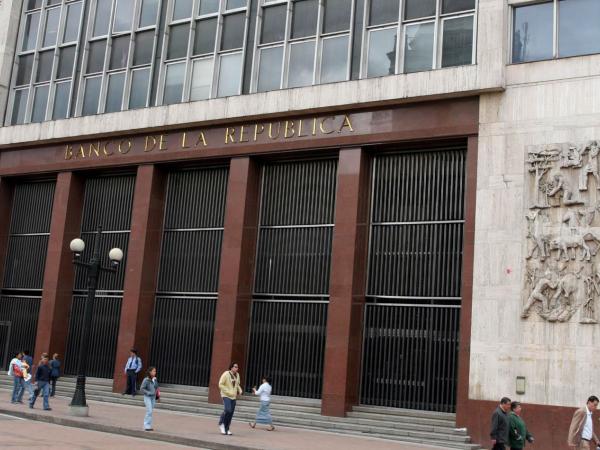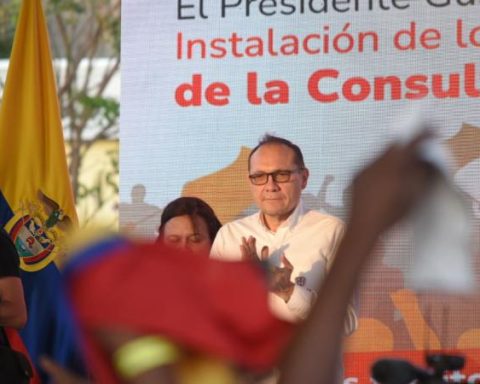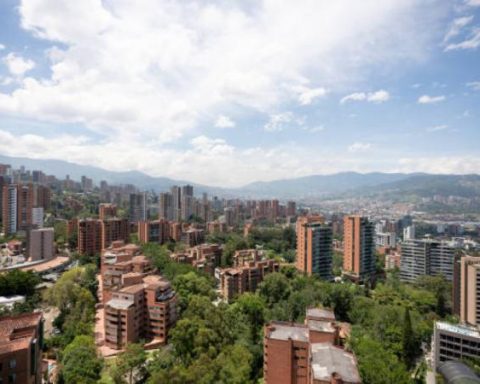
The strong increase in inflation, which closed at 8.5% in the first quarter of the year and once again exceeded the forecasts of the market average and the Banco de la República’s technical team, led the technical team to record in the Monetary Policy report a inflation projection of around 7.1% for this year and 4.8% for 2023.
(Read: Interest Rate Hike Hasn’t Hit Credit Rhythm Yet).
The report says that the forecast and inflation expectations increased and remain above the target as a result, in part, of external pressures (prices and costs) more persistent than estimated in the January Report.
The Russian invasion of Ukraine has intensified these upward pressures, particularly on the international prices of some agricultural goods and inputs, energy and oil. Thus, the new projection of inflation assumes international food prices that would increase until the middle of the year and that they would remain high and relatively stable in the rest of 2022. It also assumes, says the report, that a less dynamic recovery in supply of perishable foods as a result of the high prices of agricultural inputs. Also, that oil prices begin to drop from the second half of this year, but from values higher than those considered in the previous Report.
The report of the technical team says that in the face of it, a projected path of higher inflation could accentuate indexing and raise inflation expectations. Additionally, the reversal of the value added tax (VAT) reduction applied to cleaning and hygiene products due to the expiration of the health emergency would generate increases in the prices of these goods.
To all this is added the absence of excess production capacity in the forecast horizon, with output gap levels close to zero and somewhat higher than projected last January. The report says that, until June, annual inflation would continue at high levels similar to the current ones, and then drop, although more slowly than projected in the previous report. The process of adjusting the monetary policy interest rate would help inflation and its expectations resume their convergence to the target in the forecast horizon. Thus, at the end of 2022, inflation would end at around 7.1% and then drop to 4.8% in 2023.
It also says that economic activity surprised on the upside again and the economic growth forecast for 2022 increased from 4.3% to 5%.
The report says that in the fourth quarter of 2021 the annual increase in the product (10.7%), higher than estimated, was driven by the dynamics of domestic demand, mainly by the significant performance of private consumption, with levels well above those registered before the pandemic.
Investment also registered a significant recovery, but without reaching the levels of 2019 and with mixed behavior in its components. The trade balance deficit widenedor, with a remarkable growth of imports similar to that of exports. Compared to the January Report, the economic monitoring index (ISE) for January and February suggests that the level of the product in the first quarter would reach records higher than those estimated and that the positive demand shock observed at the end of 2021 could be fading more slowly than anticipated.
(Keep reading: Issuer raises rate to 6%; expects GDP to grow 5% this year).
In the particular case of consumption, it mentions that imports of goods of this type, retail trade figures, real income from restaurants and hotels, and credit card purchases indicate that household spending remains dynamic, with levels similar to those registered at the end of 2021. The figures for launches and start-ups of works and imports of capital goods suggest that investment would continue to recover, but would maintain values below those of the pre-pandemic.
The report indicates that for the rest of the year it is expected that consumption slows down from the high levels reached in the last two quarters in the context of less comfortable internal and external financial conditions, exhaustion of the effect of dammed demand and deterioration of disposable income due to the increase in inflation.
Investment would continue to recover, while the trade deficit would shrink, favored by high oil prices and other basic goods exported by the country. With all this, economic growth of 7.2% (before 5.2%) is projected for the first quarter and 5.0% (before 4.3%) for all of 2022. In 2023, output growth would continue to moderate (2.9%, before 3.1%), converging to rates close to long-term.
(Read: This is how the rise in rates of the Banco de la República affects your pocket).
The new estimates suggest that, over the forecast horizon, the output gap would remain at levels close to zero, but narrower than projected in January. These economic activity forecasts continue to face high levels of uncertainty associated with geopolitical tensions and external financing conditions, the uncertainty of the electoral cycle and the evolution of the pandemic.
BRIEFCASE

















